The aqueduct.
With my sling off, physio started and a few days left to use up my annual leave allowance before the end of the leave year, it was a great opportunity to finally get to Rome – it’s been top of my list for some time.
Didn’t see a whole heap Thursday night after the plane & train in to the city centre – just enough to find my hotel & a late bowl of pasta. First priority, after breakfast of course, was to get out & see that Rome icon, the Colisseum. Like many cities around this part of the world, it’s really easy to walk between all the main attractions & Rome is no different. I got through the gates early enough that it wasn’t too busy & I could gaze at the vastness & wonder at all the ancient engineering in relative peace.
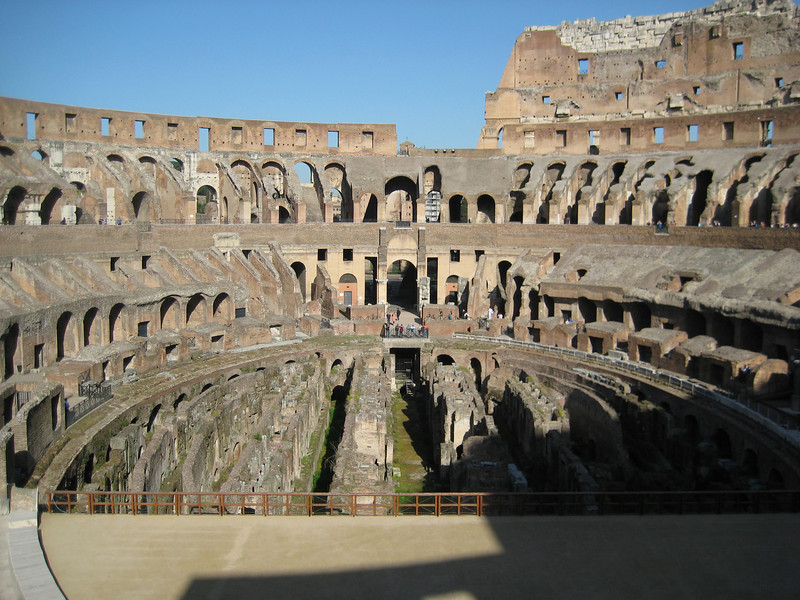
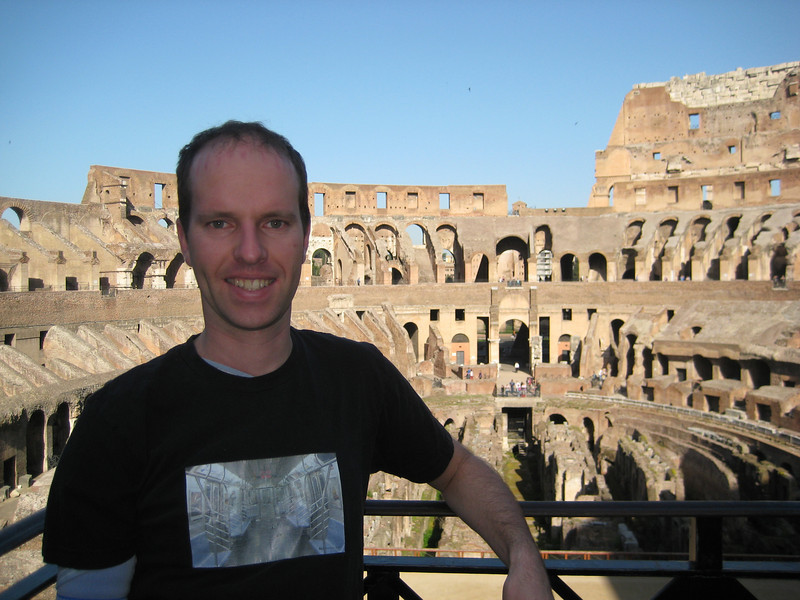
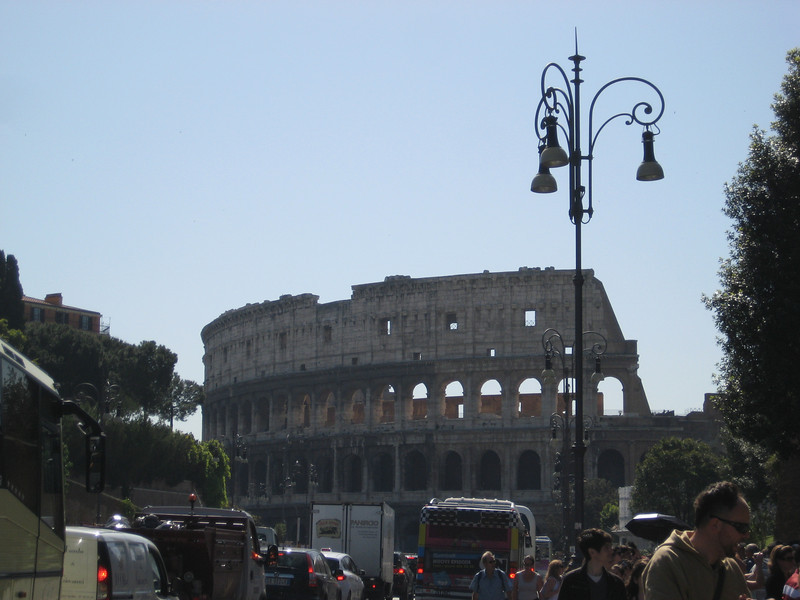
Right next door is the Forum, which was the centre of Roman public life – there are all sorts of ruins of temples, palaces & such like. By now it was getting busy and also proper hot – well hot compared to what I’ve been used to. With the sun streaming down & temperatures touching 30ºC, I was starting to swelter overdressed in jeans. But it was time to walk a bit to try & find some lunch out of the touristy area.
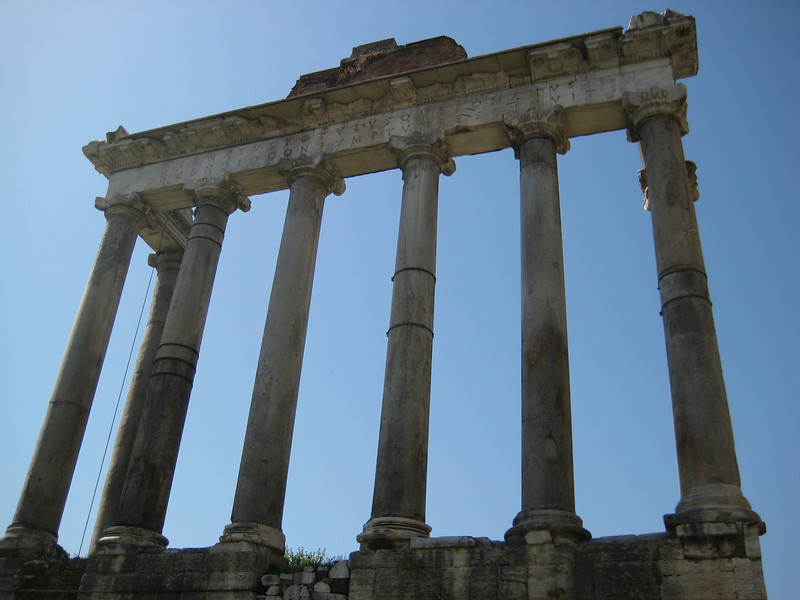
So over the Tiber I went & wandered aimlessly through narrow streets before popping in to a small store. While contemplating all the cheeses & cold meats on display I noticed a small sign over a staircase pointing to a cafeteria up the stairs. Lo & behold there was a small cafe up there with a large rooftop courtyard – excellent.
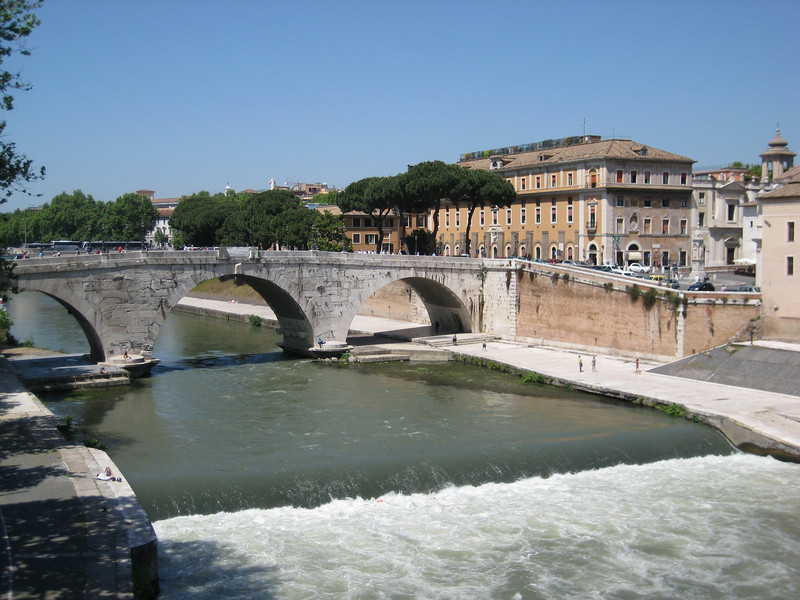
More walking & I was back near the Forum checking out the museums & statues around Capitolini, before heading up a huge staircase & around Foro di Triani.
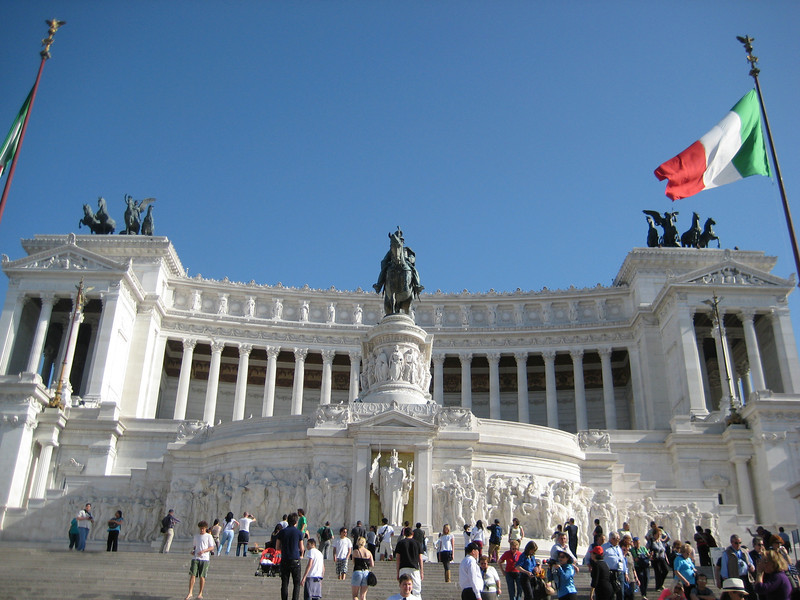
Typical dinner while I’m out exploring cities is to get on the Metro & head out of the city centre & get off at any stop that I feel like & wander around aimlessly until I find a restaurant that looks likely. This served me well as I had some great meals in little restaurants surrounded by crowds of loud & excited Italians. While I remember, there were very few British accents around, most of the native English speakers I heard were Americans & a few Australians.
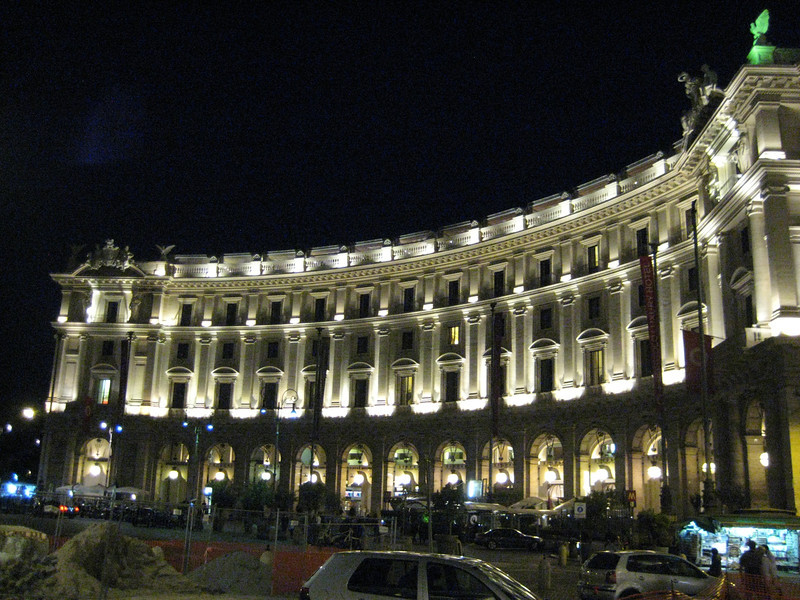 Heading in to the Metro stop just around the corner from my hotel – Repubblica
Heading in to the Metro stop just around the corner from my hotel – Repubblica
After the heat of Friday & all that walking, I was proper exhausted so started a little more slowly on Saturday with a wander down to Trevi Fountain – which is well impressive, but not very fountainy. Rather some elaborate waterfalls.
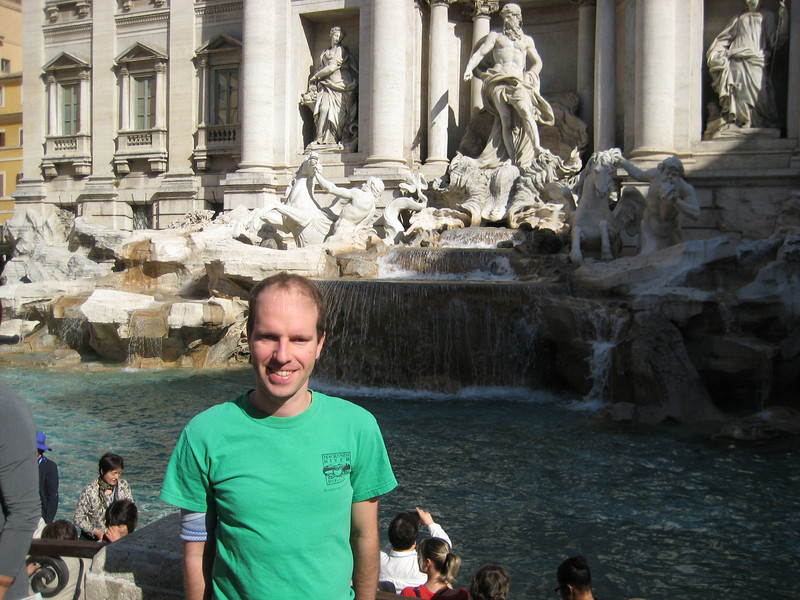 Not a great picture, but it’s one of the few I have of me in Rome – so you’ll have to tolerate it
Not a great picture, but it’s one of the few I have of me in Rome – so you’ll have to tolerate it
Not far from Trevi is the Pantheon, which quickly became my favourite sight in Rome. It started life nearly 2000 years ago as a Roman temple, before eventually being taken over by the Church. With large Corinthian columns out front it starts out pretty impressively, but then you wander in & see the huge dome that is both 43 metres across & high. It’s astoundingly large considering how old it is – it’s still the largest dome ever built with unreinforced concrete. Then you see the big hole in the top & the engineering becomes more incredible – the geometric pattern on the ceiling was neat too as the sun slowly moved around as it shone through the oculus.
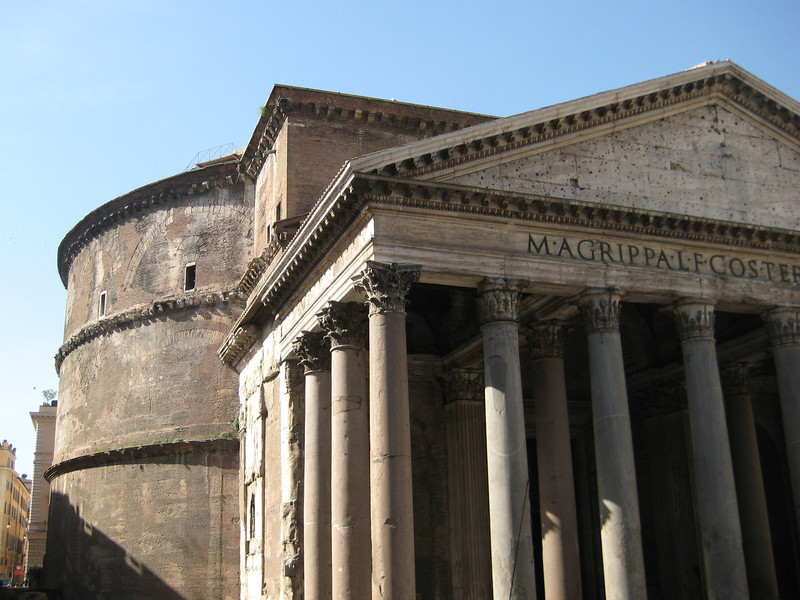
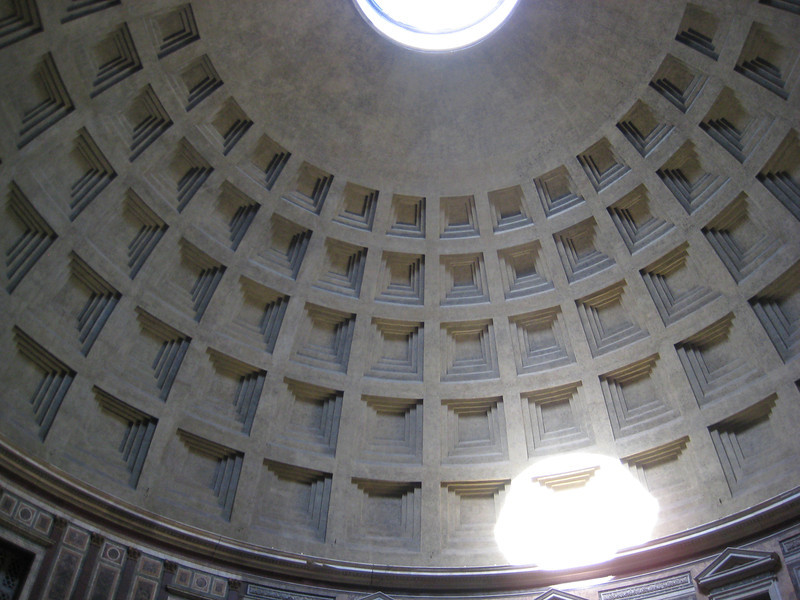
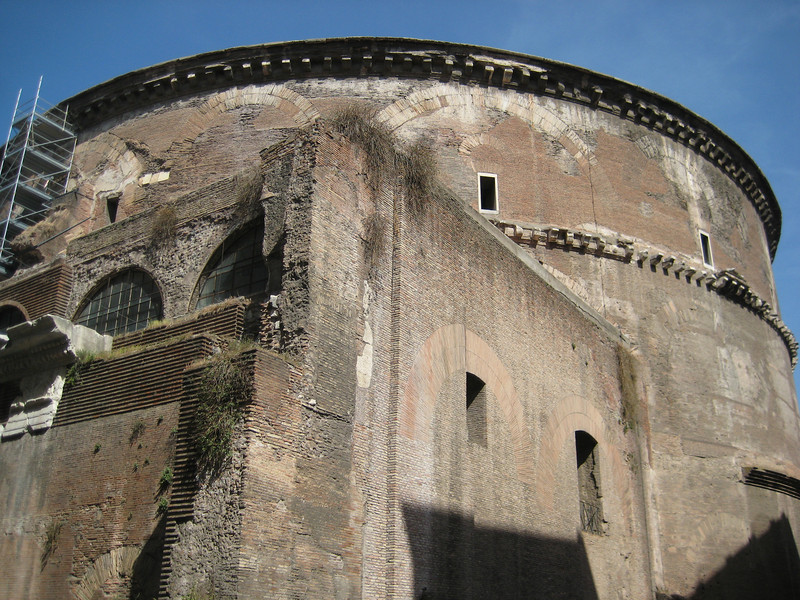
More wandering to find food got me fed, into a castle (Castel Sant Angelo) with good views, popping in to Vatican City & then over the river again up a decent hill into a big park with more views back over the city – before realising my legs were about to fall off again, so a bus home to rest before dinner was a good idea. That evening I was well off the beaten track until I crossed the Tiber again & found that bridge with all the padlocks on some of the railings – there were thousands & some of the metalwork (more likely the welds) had failed.
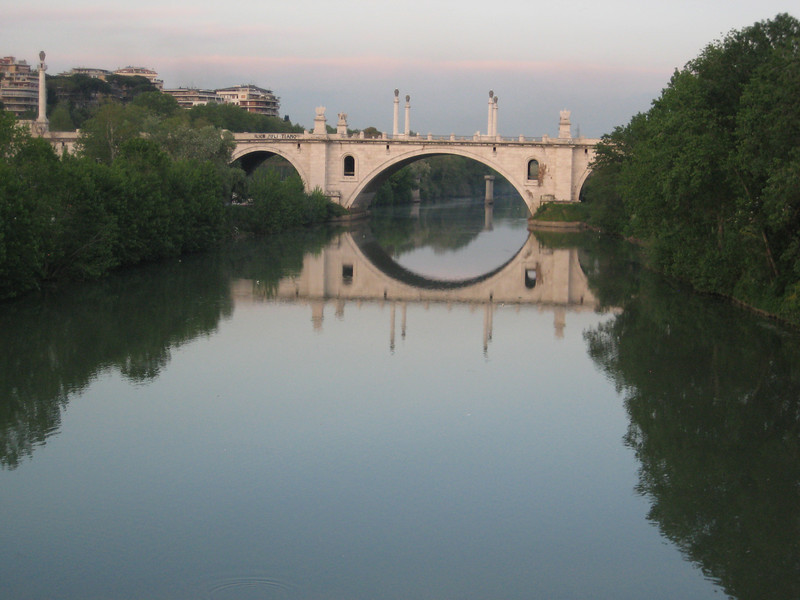
Sunday morning I avoided free day at the Vatican museums due to crowds & took a long bus ride south to visit the catacombs. Dad’s got much better photos from forty years ago as he was allowed to take photos & there will still many bones down there. Still, it was interesting wandering a small length of the miles of tunnels where various tombs have been sitting for centuries.
For some reason, mostly just curiosity as to what other parts of the city look like, I thought it was a good idea to walk all the back in to town. I came across a fascinating grocery store, a huge park, some sort of fun run (an oxymoron if there ever was one) & what I thought was ruins of a huge old castle. Intrigued I went in, and found out this massive complex was once baths. Incredible that they bothered to have 9000 men building these over six years.
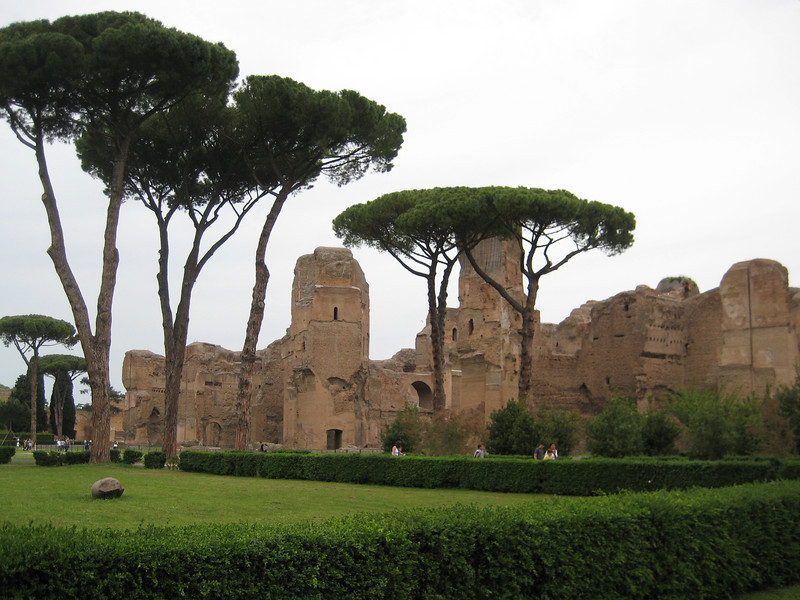
More wanderings took me to the Spanish Steps (not far from hotel), which were alive with colour & people.
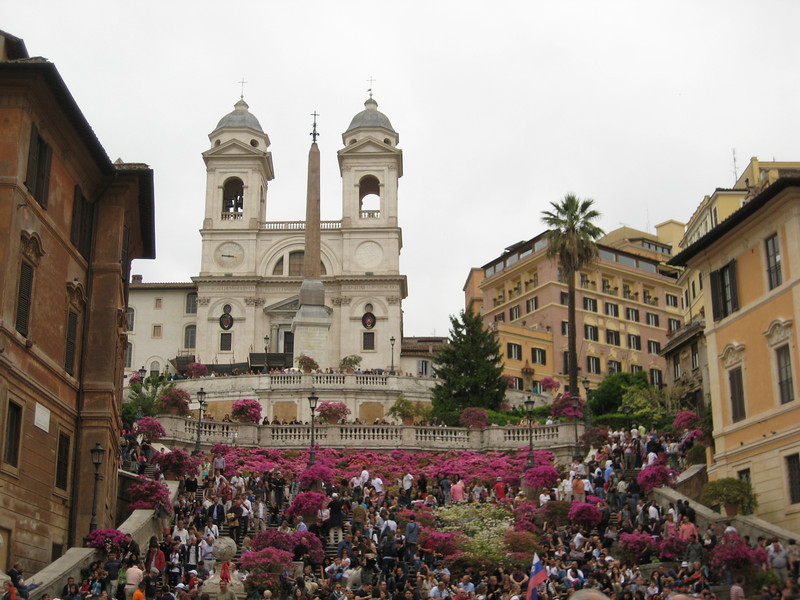
Monday was Vatican day, I spent most of the day in the smallest country in the world. With May 1 (the following day) being a public holiday, the queues were very long – but worth it. A completely insane collection of art – this is just part of the similarly decorated hundreds of metres to walk through just to get in to the Sistine Chapel. Which of course is something else besides, but no photos again.
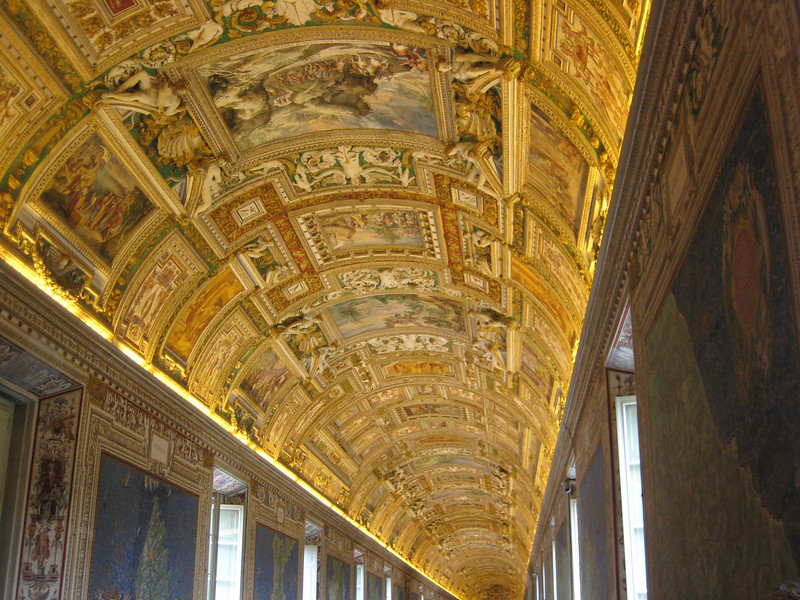
More hours spent queuing to get in to St Peter’s Basilica & somehow I ended up queuing to go up the dome as well. It was sometime before I realised this, so I figured I may as well pay my five euros and climb the 551 stairs to the top. That was well worth it as first you got to the bottom of the dome inside & could look down at the people below & marvel at the intricacies of the dome paintings & mosaics.
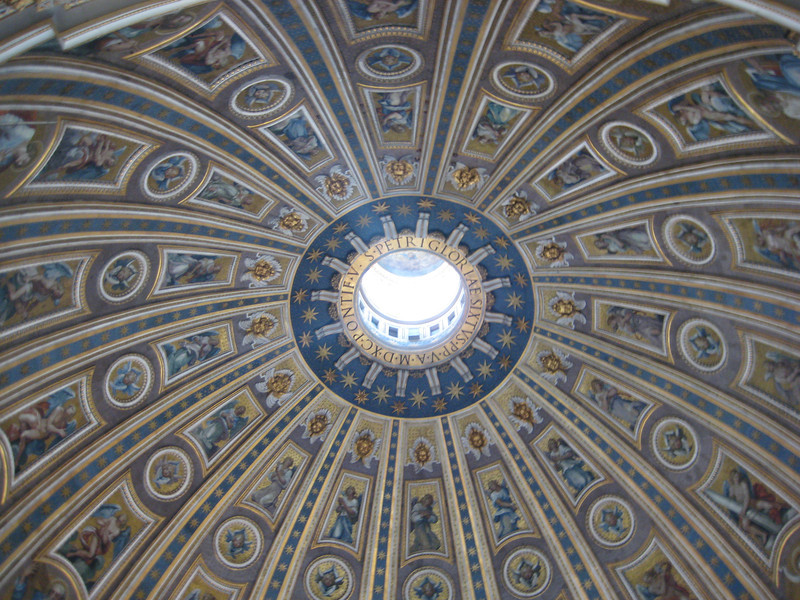
With the ascent of a much tighter spiral staircase the steady stream of people led me in between the two layers of the dome as we gradually bent our necks further & further to keep from bruising our heads. The views all around were well worth the climb.
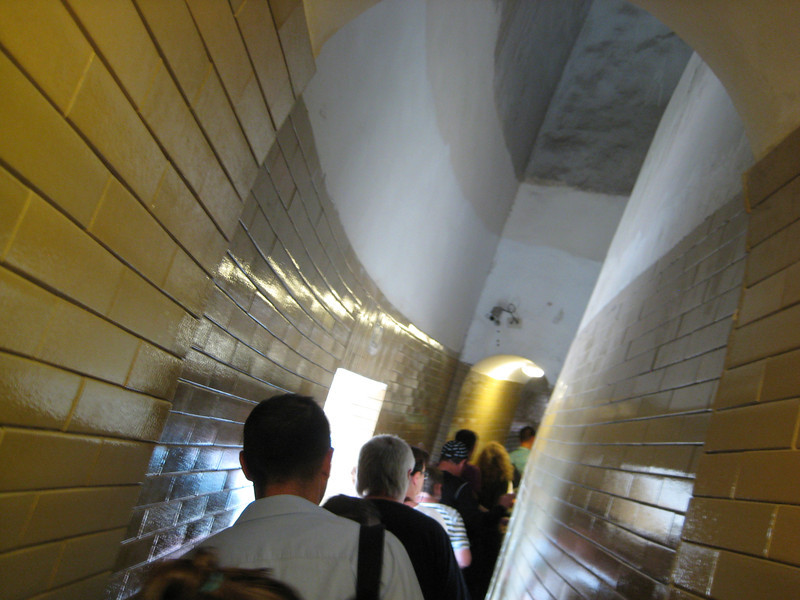 Yes, the camera is horizontal – it is a dome after all
Yes, the camera is horizontal – it is a dome after all
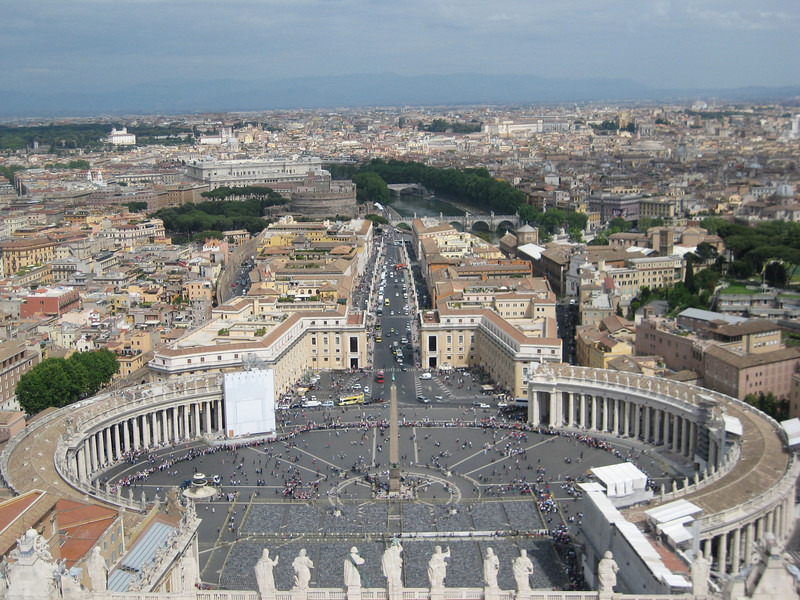 Down to St Peter’s Square & beyond to the Tiber
Down to St Peter’s Square & beyond to the Tiber
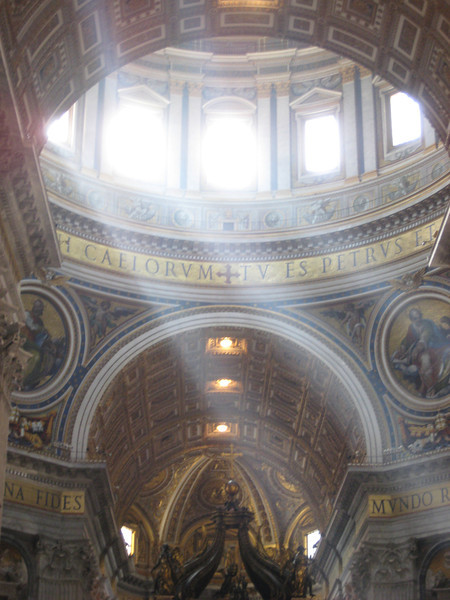 Looking up to the dome
Looking up to the dome
I still had time to return at various times to Piazza Navona, the Pantheon & Trevi Fountain around packing up, enjoying more of the local cuisine & getting to the airport. Only downside to the long weekend was the three and a half hour delay to my flight home – I’ve been a little slow at work since then, but a three day week isn’t too hard to survive tired.
Some more of the photos I took are here.
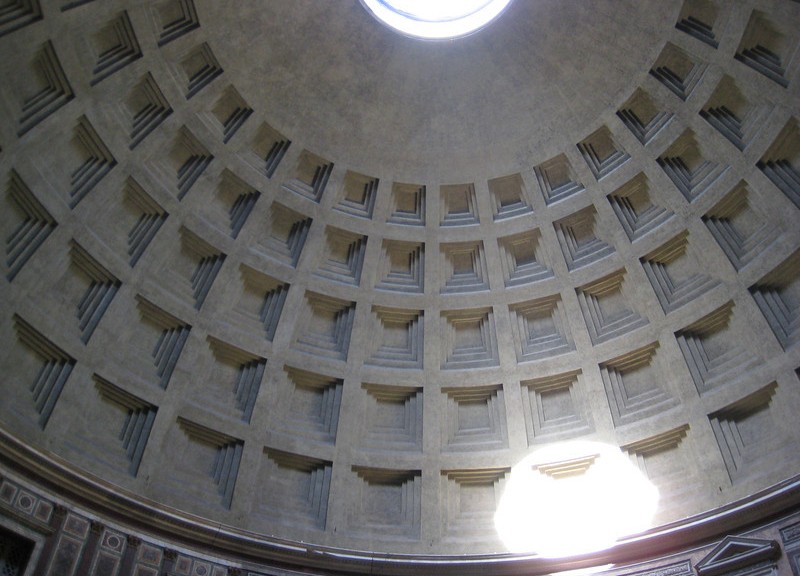
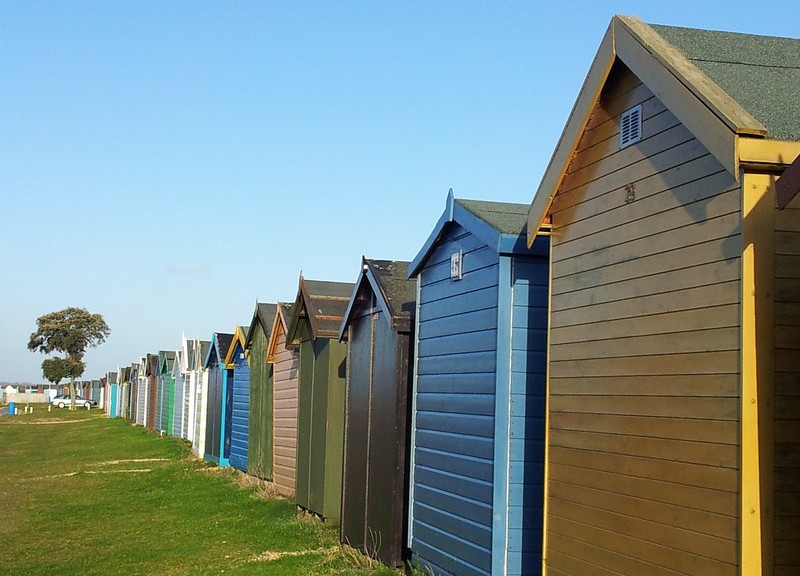
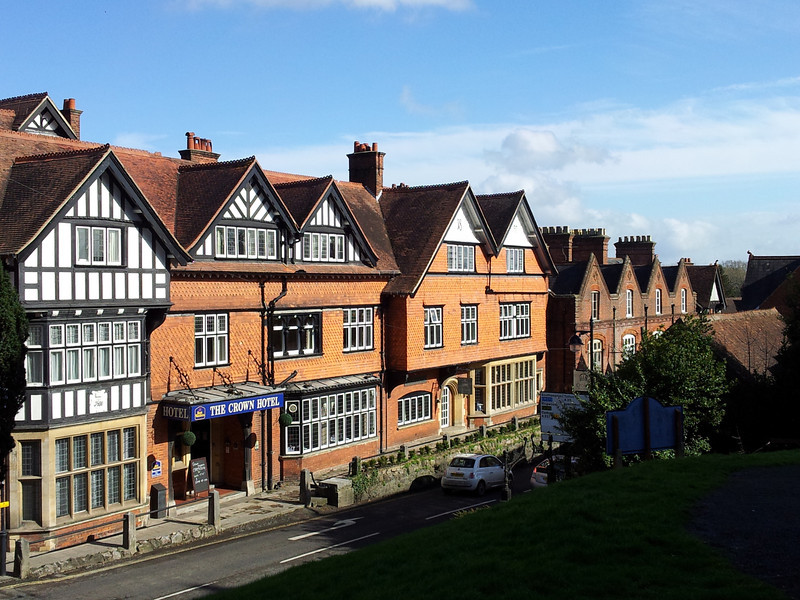
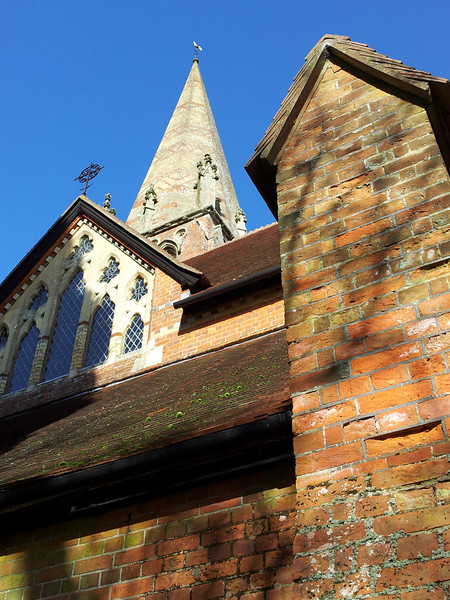
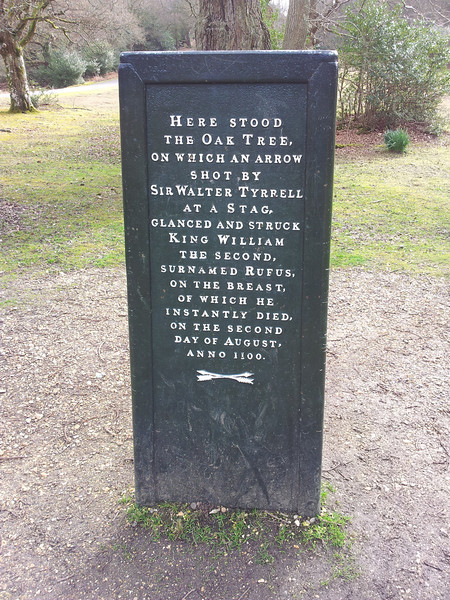
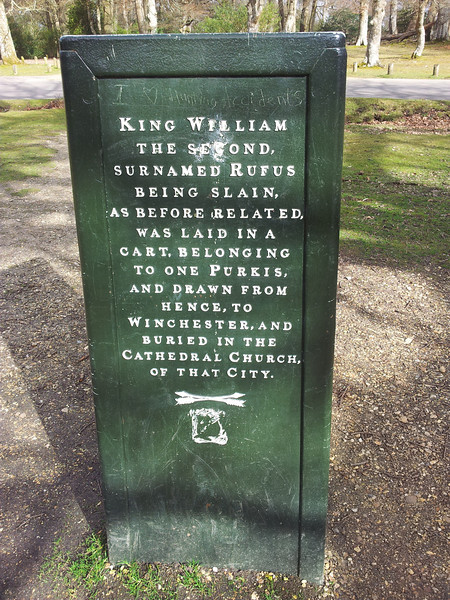
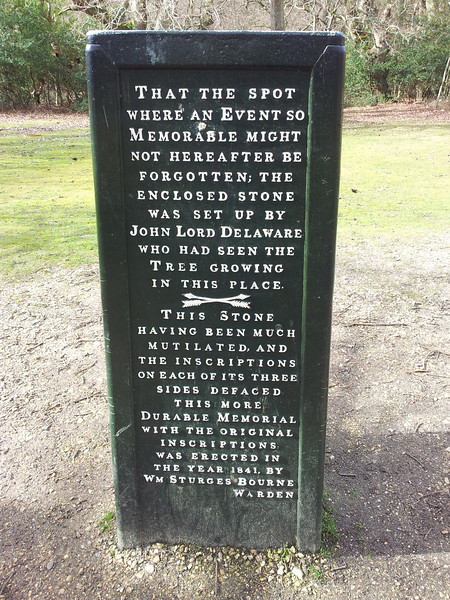
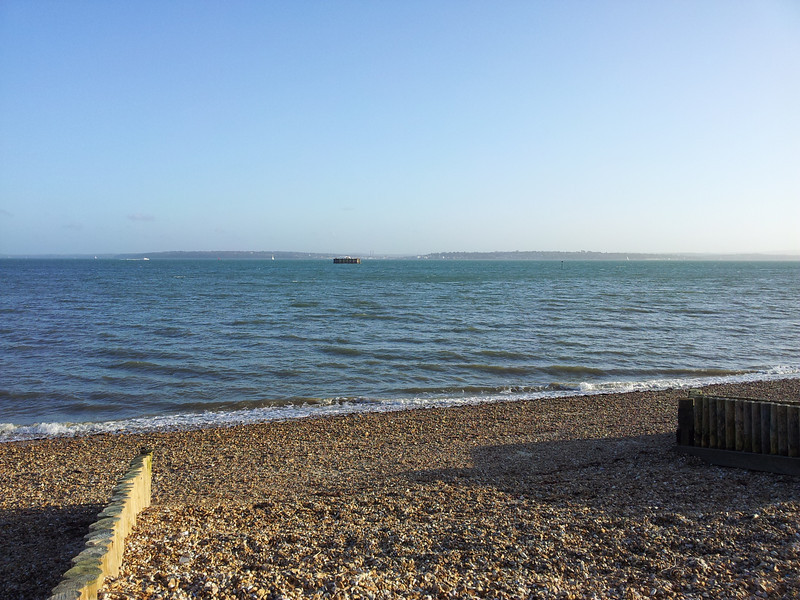 Over to the Isle of Wight, ignore the gravelly beach
Over to the Isle of Wight, ignore the gravelly beach Those curious things – I’m still intrigued that you have to shelter from the weather so much, that it’s worth building a hut at the beach
Those curious things – I’m still intrigued that you have to shelter from the weather so much, that it’s worth building a hut at the beach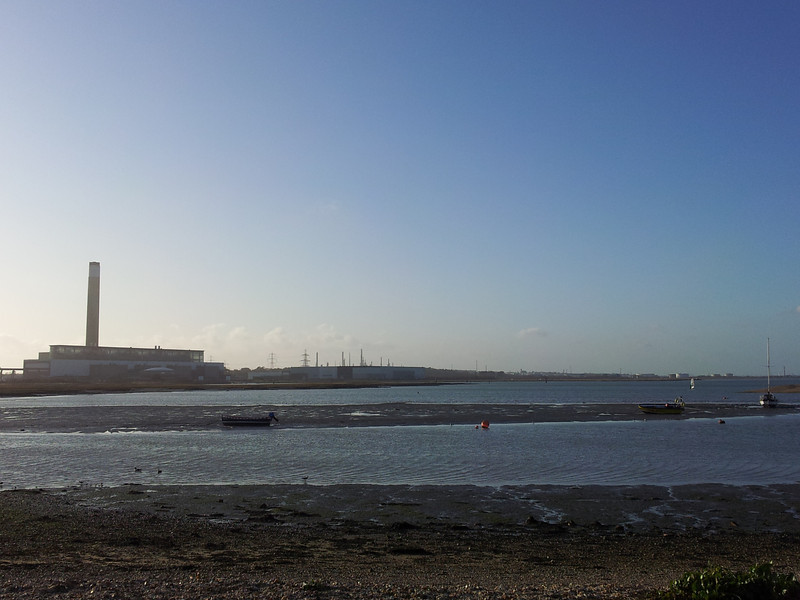 Across the bay, Fawley Power Station on the left, Fawley Refinery centre background – not that I expect anyone else finds that noteworthy
Across the bay, Fawley Power Station on the left, Fawley Refinery centre background – not that I expect anyone else finds that noteworthy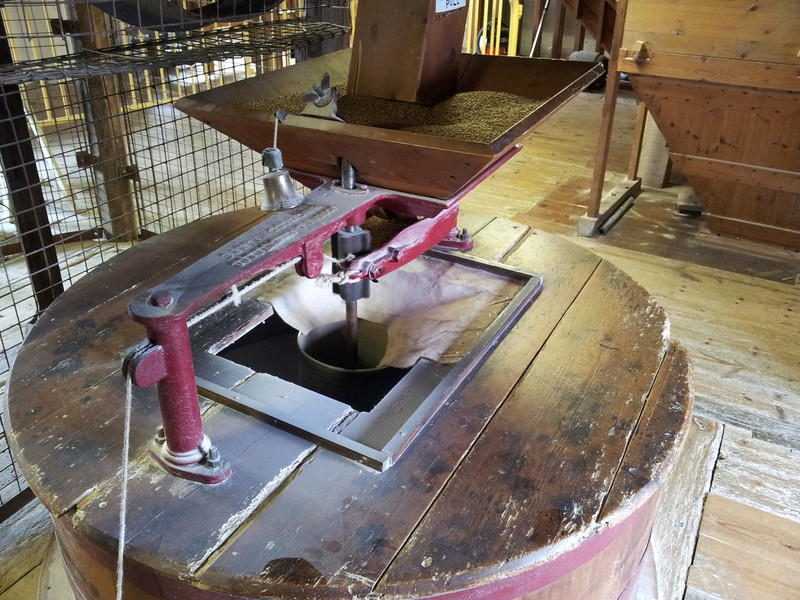
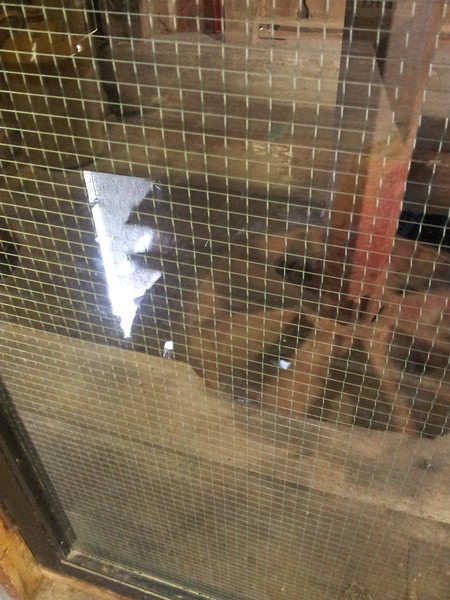
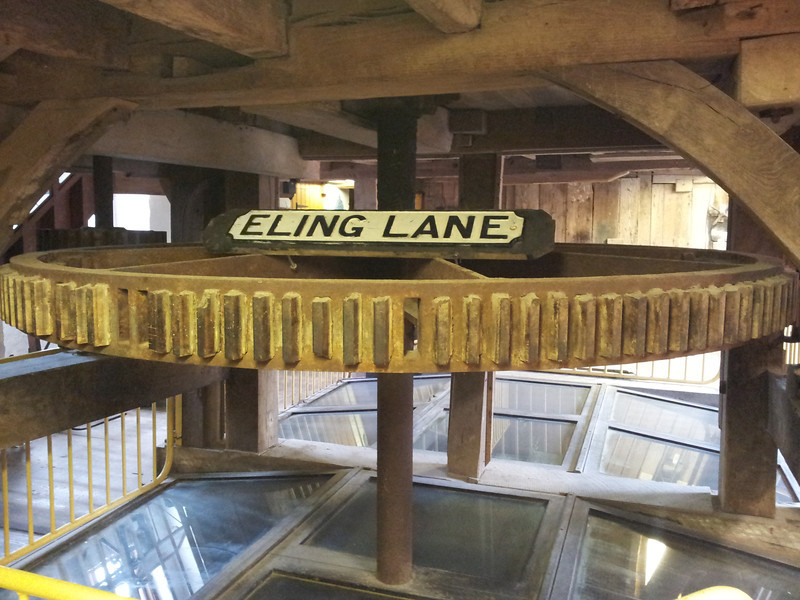
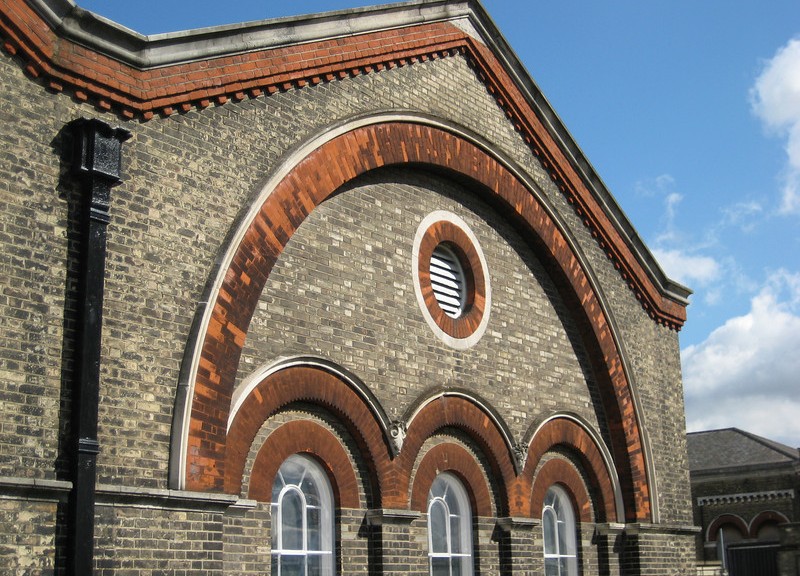
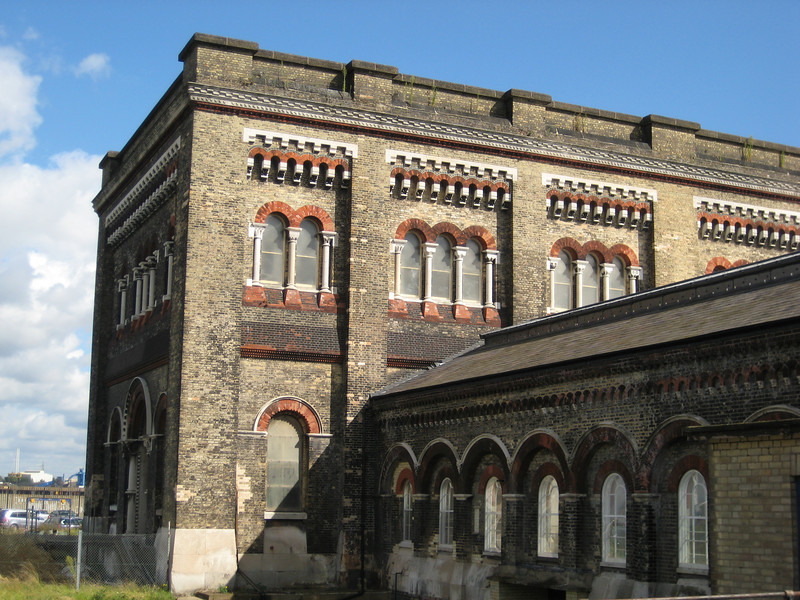 Engine house at rear, boiler house in foreground
Engine house at rear, boiler house in foreground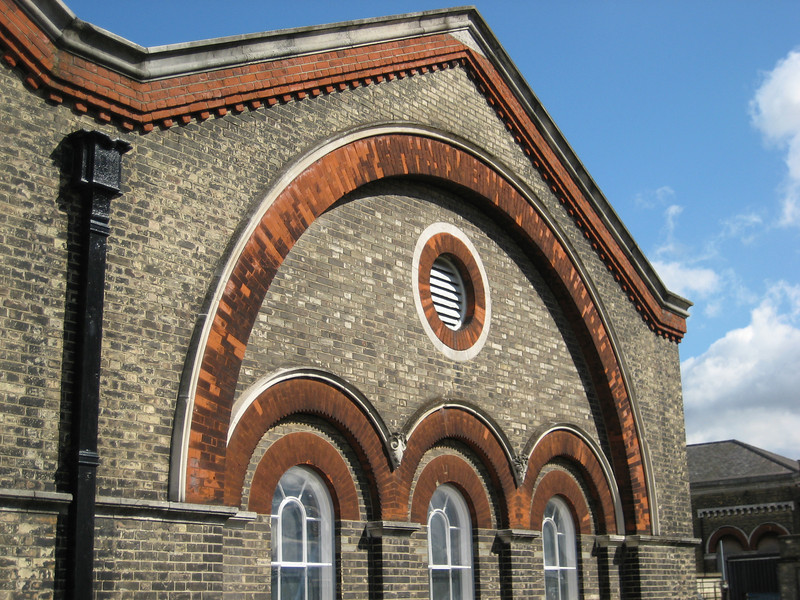 The brickwork was exceptional all the way around
The brickwork was exceptional all the way around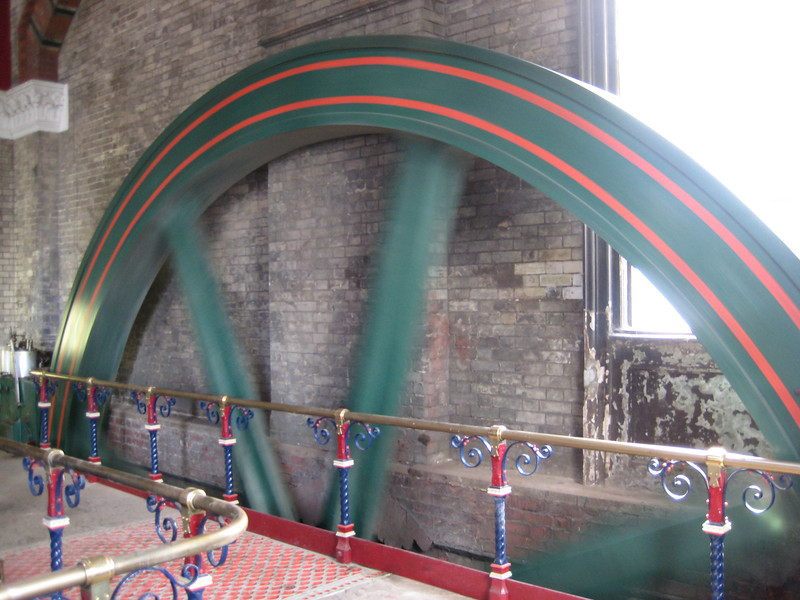 The Prince Consort’s flywheel – note the trimming on the guard rail
The Prince Consort’s flywheel – note the trimming on the guard rail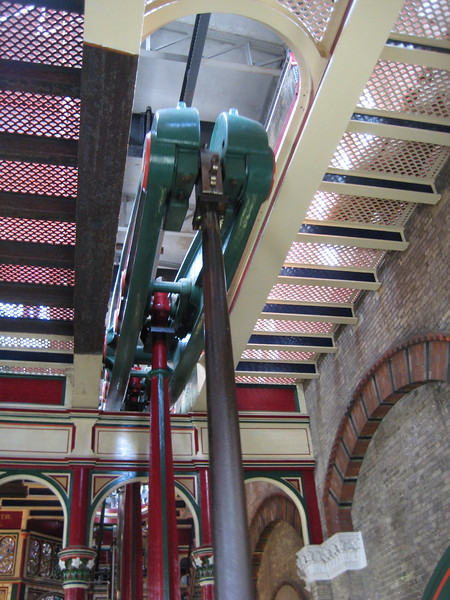 Looking up to the Prince Consort’s beam – flywheel connecting rod in front of pump connecting rods
Looking up to the Prince Consort’s beam – flywheel connecting rod in front of pump connecting rods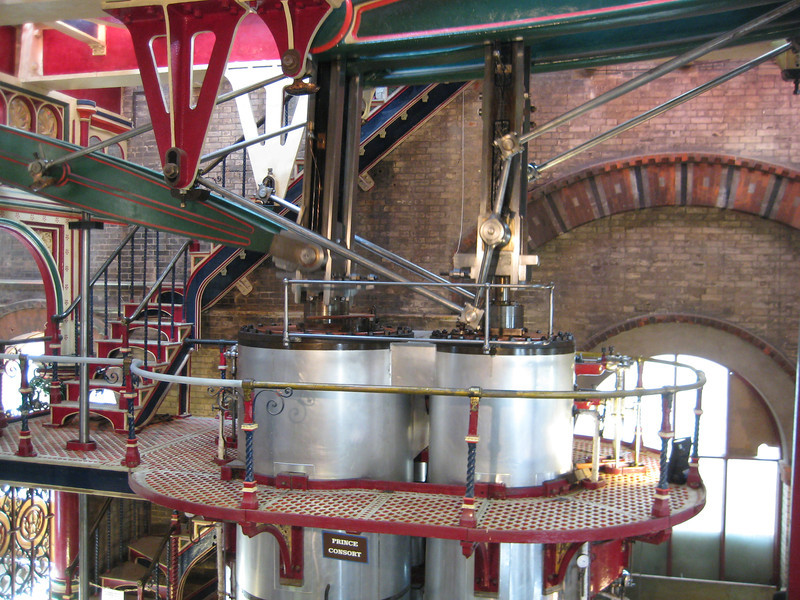 Counter beam on left, top of the low & intermediate cylinders
Counter beam on left, top of the low & intermediate cylinders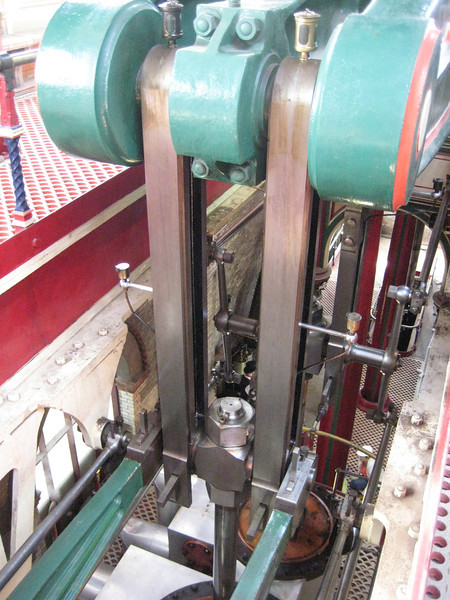 End of the main beam looking down on top of drive cylinders
End of the main beam looking down on top of drive cylinders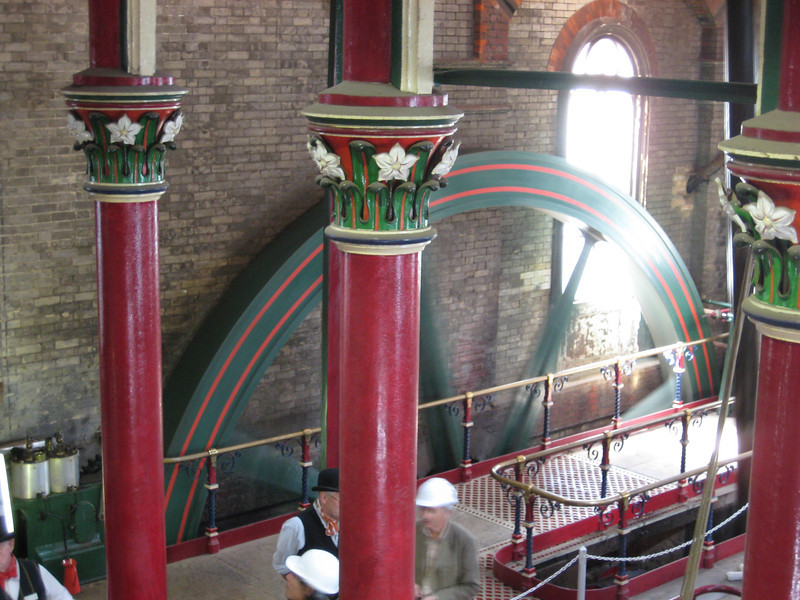 More superb Victorian detailing
More superb Victorian detailing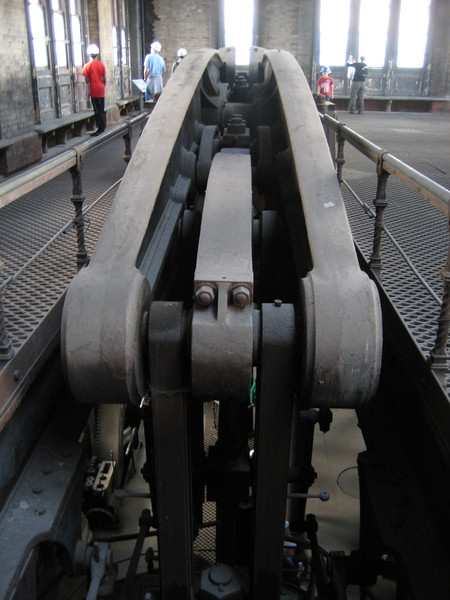 Unrestored beams
Unrestored beams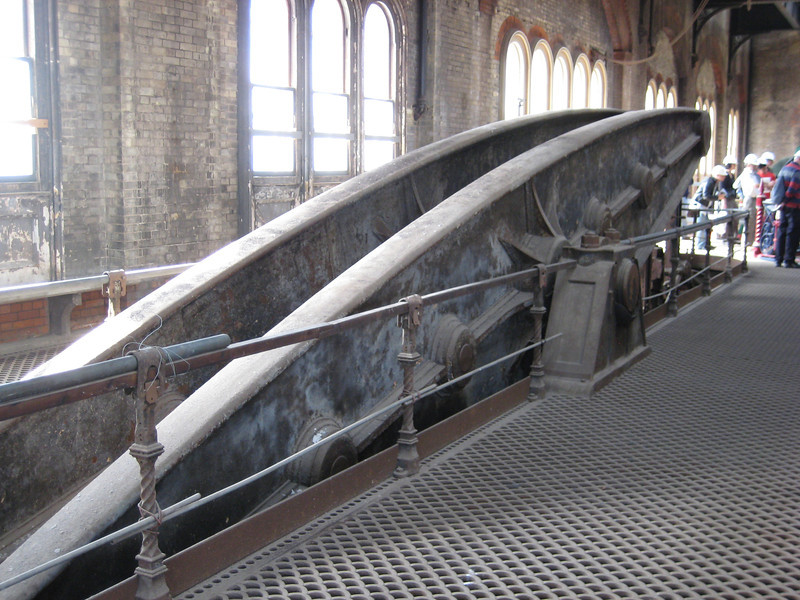
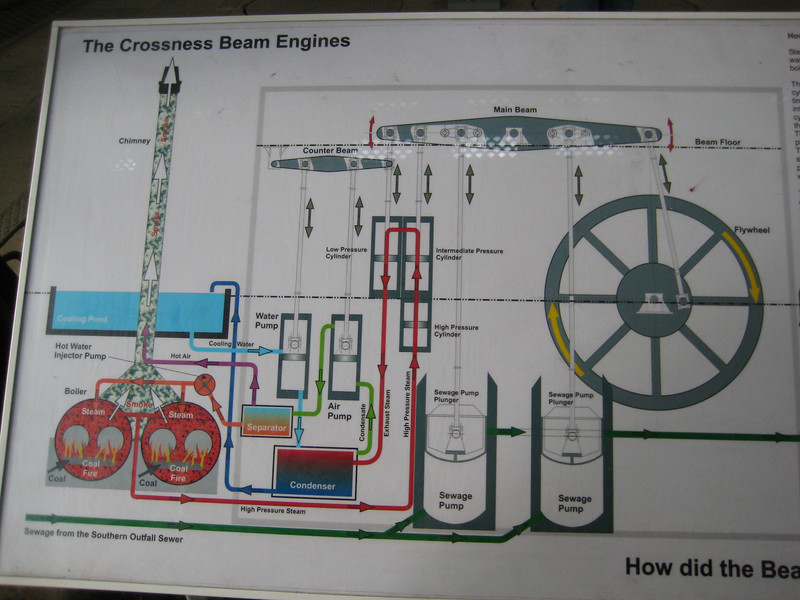 Just in case there’s anyone left wondering how this thing worked
Just in case there’s anyone left wondering how this thing worked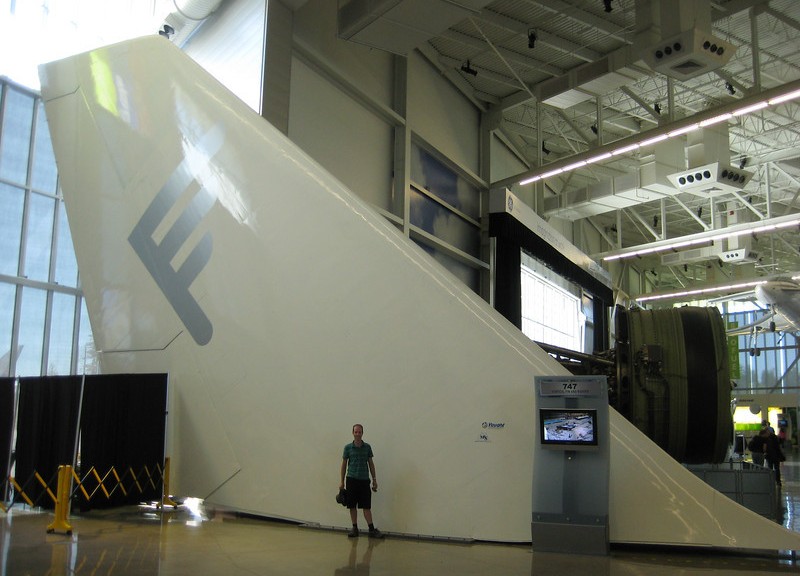
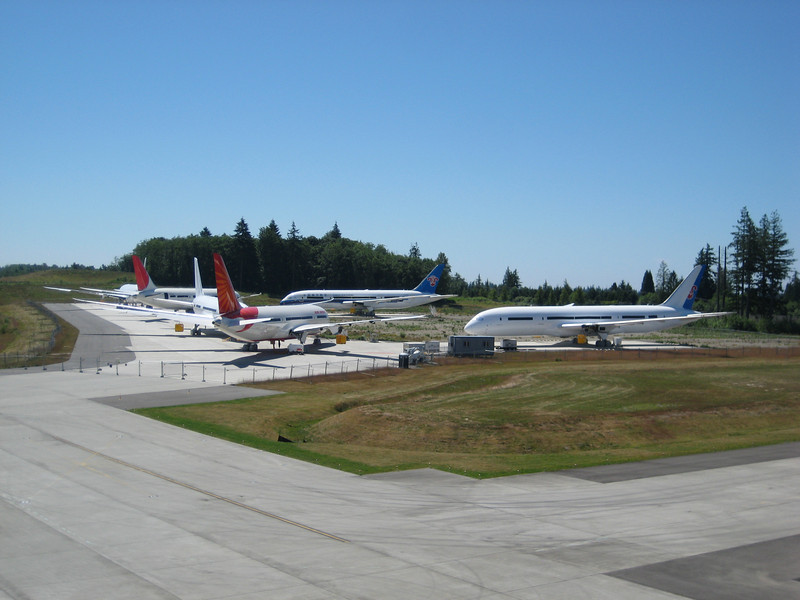
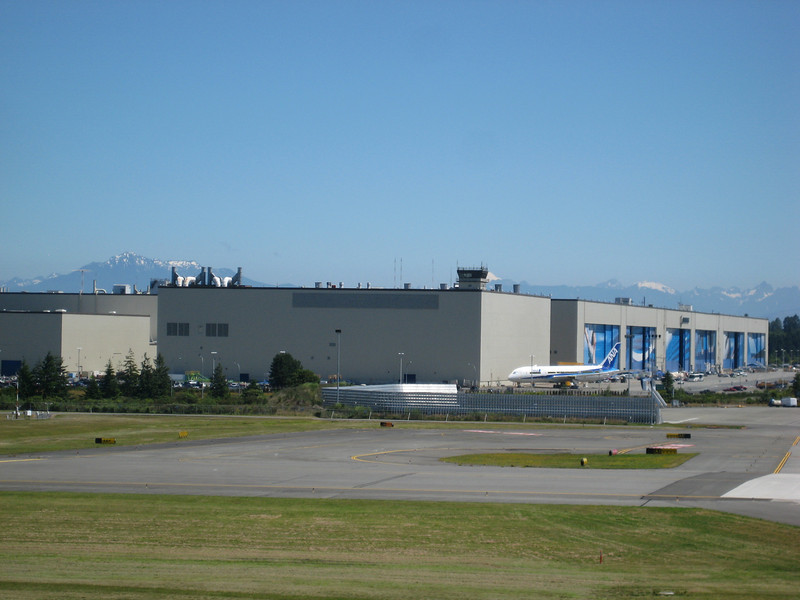
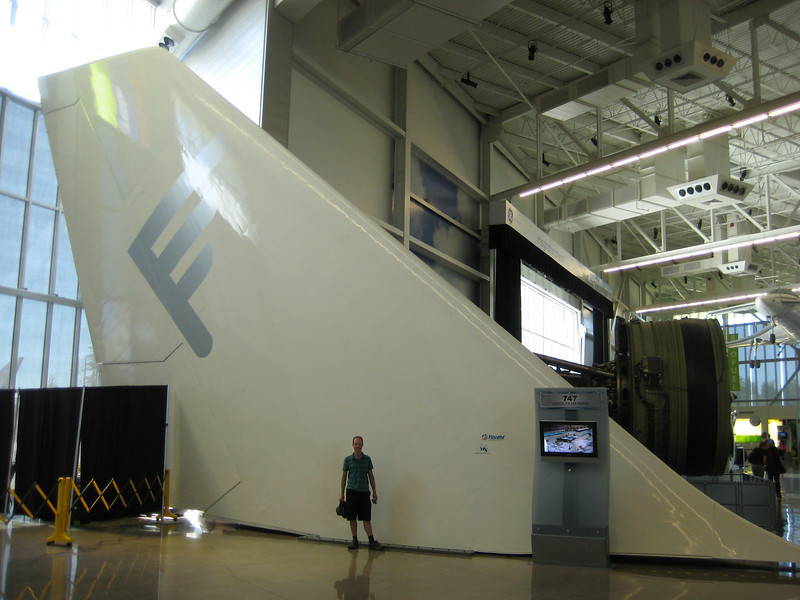 A 747 tail
A 747 tail